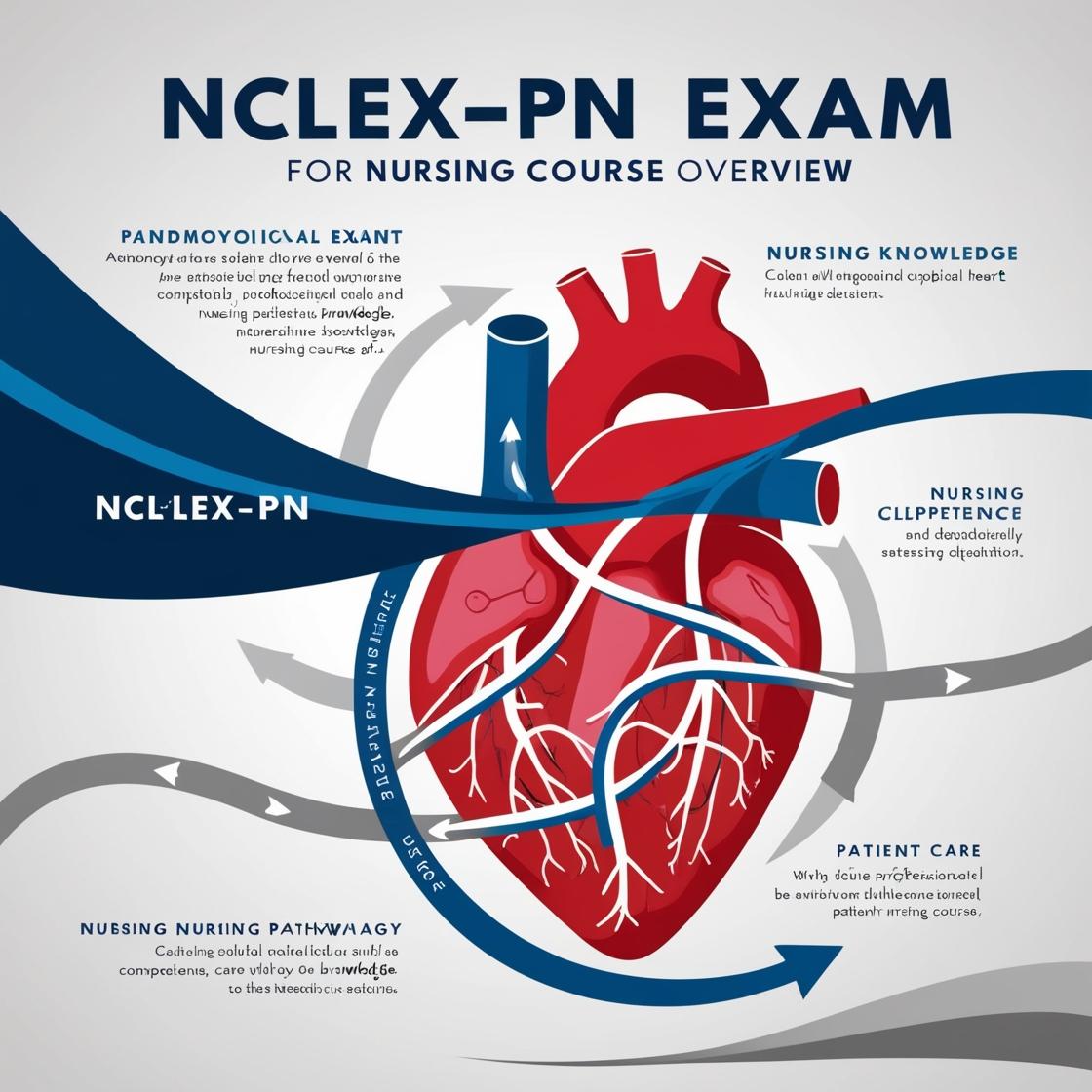NCLEX-PN
NCLEX PN Practice Questions Quizlet
1. When assessing Mr. Lee's eye condition, what general information should the nurse seek?
- A. Type of employment.
- B. Burning or itchy sensation in the eyes.
- C. Position of the eyelids.
- D. Existence of floaters.
Correct answer: A
Rationale: When assessing a patient's eye condition, the nurse should seek general information such as the type of employment, activities, allergies, medications, lenses, and protective devices used. This information helps in understanding potential exposures to irritants and risks related to activities. While the presence of burning or itchy sensation in the eyes, position of the eyelids, and existence of floaters are important aspects to assess during a focused eye examination, during the initial assessment, the type of employment is more relevant for understanding possible environmental factors affecting eye health.
2. While assisting with data collection, the nurse asks the client to close their jaws tightly. Subsequently, the nurse tries to open the closed jaws. In this technique, the nurse is assessing the motor function of which nerve?
- A. Trochlear nerve
- B. Abducens nerve
- C. Trigeminal nerve
- D. Oculomotor nerve
Correct answer: C
Rationale: The correct answer is C: Trigeminal nerve. To test the motor function of the trigeminal nerve (cranial nerve V), the nurse assesses the muscles of mastication by asking the client to clench their teeth. By trying to separate the client's jaws, the nurse evaluates the strength of the temporal and masseter muscles innervated by the trigeminal nerve. This technique helps assess if the trigeminal nerve is functioning properly. Choices A, B, and D are incorrect because they relate to other cranial nerves that are not involved in the specific motor function being tested in this scenario. These nerves are usually assessed through different examinations such as assessing the pupils and extraocular movements, which are not part of the jaw clenching and opening technique described in the question.
3. Following the change of shift report, when can or should the nurse's plan be altered or modified during the shift?
- A. halfway through the shift
- B. at the end of the shift before the nurse reports off
- C. when needs change
- D. after the top-priority tasks have been completed
Correct answer: C
Rationale: The correct answer is 'when needs change.' It is crucial for the nurse to remain adaptable and adjust the plan promptly when the patient's needs or condition change. Choice A, 'halfway through the shift,' may not align with the timing of when needs actually change, making it less optimal for plan modifications. Choice B, 'at the end of the shift before the nurse reports off,' is too late to address evolving needs effectively. Choice D, 'after the top-priority tasks have been completed,' limits the nurse's ability to respond promptly to changing priorities, as needs may shift before all top-priority tasks are finished.
4. A client who is immobilized secondary to traction is complaining of constipation. Which of the following medications should the nurse expect to be ordered?
- A. Advil
- B. Anasaid
- C. Clinocil
- D. Colace
Correct answer: D
Rationale: The correct answer is Colace. Colace is a stool softener that helps relieve constipation by drawing more water into the bowel, making the stool softer and easier to pass. This is beneficial for an immobilized client as it can help prevent constipation due to decreased mobility. Options A, B, and C (Advil, Anasaid, Clinocil) are not indicated for constipation relief. Advil and Anasaid are nonsteroidal anti-inflammatory drugs used for pain relief, while Clinocil is a fictional medication.
5. After undergoing gastric resection, which of the following meals is most likely to cause rapid emptying of the stomach?
- A. a high-protein meal
- B. a high-fat meal
- C. a large meal regardless of nutrient content
- D. a high-carbohydrate meal
Correct answer: D
Rationale: After gastric resection, meals high in carbohydrates are more likely to cause rapid emptying of the stomach. Carbohydrates stimulate the release of gastrin, which accelerates gastric emptying. In contrast, high-fat and high-protein meals tend to delay gastric emptying. While a large meal can slow down gastric emptying, the specific nutrient content, such as high carbohydrates, plays a significant role in promoting rapid emptying. Therefore, a high-carbohydrate meal is the correct choice as it is most likely to lead to rapid gastric emptying compared to the other options.
Similar Questions

Access More Features
NCLEX PN Basic
$69.99/ 30 days
- 5,000 Questions with answers
- Comprehensive NCLEX coverage
- 30 days access @ $69.99
NCLEX PN Premium
$149.99/ 90 days
- 5,000 Questions with answers
- Comprehensive NCLEX coverage
- 30 days access @ $149.99
